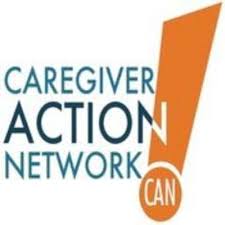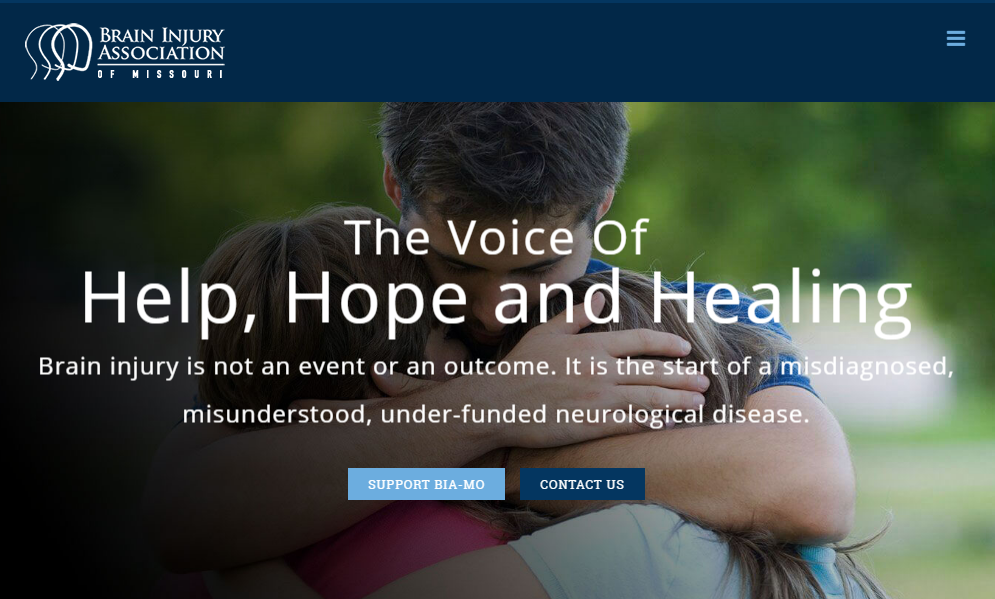The Top 5 Reasons You Need to Watch This Video
By Wayne Connell, founder and president of Invisible Disabilities Association
One of the hardest parts about living with an invisible disability is sharing how it impacts you on a daily basis. Living with an invisible disability often means struggling to “act normal” when your body is anything but―or being labeled as lazy, anti-social or rude because people don’t understand your debilitating pain, chronic fatigue, cognitive impairment, chemical sensitivity or mental illnesses.
The Invisible Disabilities Association (IDA), with Allsup’s support, has created the video “I Am Invisible No More!” Here are five reasons why you and your loved ones should watch this video, and share your own story with Allsup and IDA:

-
Everyone Knows Someone. An estimated one out of every ten individuals struggles with a medical condition (including psychological conditions) that impairs their day-to-day functioning in some way. Maybe you struggle with an invisible disability but are frightened of the stigma that comes with speaking out. Maybe a friend or family member is suffering in silence. This video provides inspiration to help you cope and identify and support loved ones.
-
It Will Change How You See Disabilities — Because Oftentimes, You Can’t. When people hear the term “disabled,” they often think of someone using a wheelchair or a walker. However, many Americans who live with a severe disability do not use assistive equipment. Any physical, mental, or neurological condition that limits a person’s movements, senses, or activities in a way that onlookers cannot immediately see is considered an invisible disability.
- You Can Help Break Someone’s Cycle of Shame. Invisible symptoms can lead to misunderstandings, isolation and shame. Because people tend to judge others by what they see, they often conclude a person can or cannot do something by the way they look. People living with invisible disabilities may not appear to have any obvious challenges, and this can cause stress and emotional damage when they are physically or mentally unable to meet people’s unrealistic expectations. Creating an accepting environment with a better understanding of invisible disabilities can make it easier for someone to talk about their conditions and how they impact them.
- You Can Help Start a Cycle of Empowerment and Engagement. By shining a light on what people living with disabilities contend with each day, friends and family can better offer support and validation to their loved ones. This can empower individuals to reach out, connect with others and tap into resources that can improve their health and quality of life.
- It Will Inspire You Despite—or perhaps because of—their invisible challenges and the silence and confusion that often surrounds them, the people in the video have achieved remarkable things. Whether or not you struggle with an invisible disability, we have all encountered personal obstacles. Personal stories can be a source of comfort, connection and compassion—toward others as well as toward yourself.
Follow IDA and Allsup on social media for tips on telling your own story, where to share them, and be among the first to learn how you can be a part of special events, like the 2018 Invisible Disability Awards Gala in Denver.
Allsup
Related Articles

Uncategorized
Helping Family Caregivers With What They Need to Know

Uncategorized
Understanding MS and Disability Benefits

Uncategorized
BIA-MO Gets Real about Brain Injury Awareness

